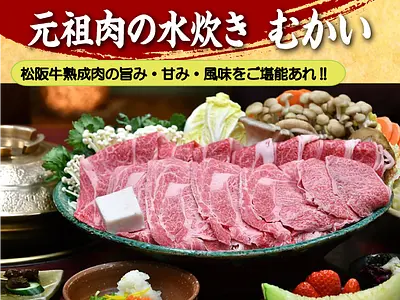Let's experience Japanese tradition through the world-recognized "Sasikan fittings craft"!
掲載日:2019.08.26
"Sasikan Joinery Crafts" was founded in 1930. The name Shikan comes from the fact that the first generation Kanbei Kuroda started running a joinery shop that made furniture and utensils.
Let's take a closer look at the charm of ``Shikan Joinery Crafts,'' which is attracting attention not only from Japan but also from all over the world!

``Sasikan Tategu Kogei'', which is located in a corner of the city, was founded in 1933. The name Shikan comes from the fact that the first generation Kanbei Kuroda started running a joinery shop that made furniture and utensils.
We will take a closer look at the charm of ``Shikan Joinery Crafts,'' which is currently attracting attention not only from Japan but from all over the world!
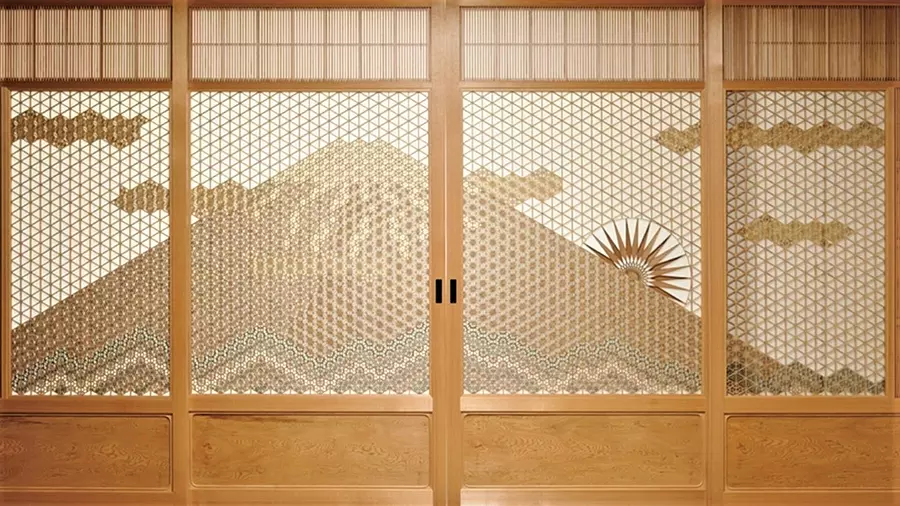
The fittings express Mt. Fuji, a symbol of Japan, and won the Prime Minister's Award at the 50th National Fittings Fair. Full of power!
What a great way to make one piece of work! It is expected to take one to two years. The reason is,,,
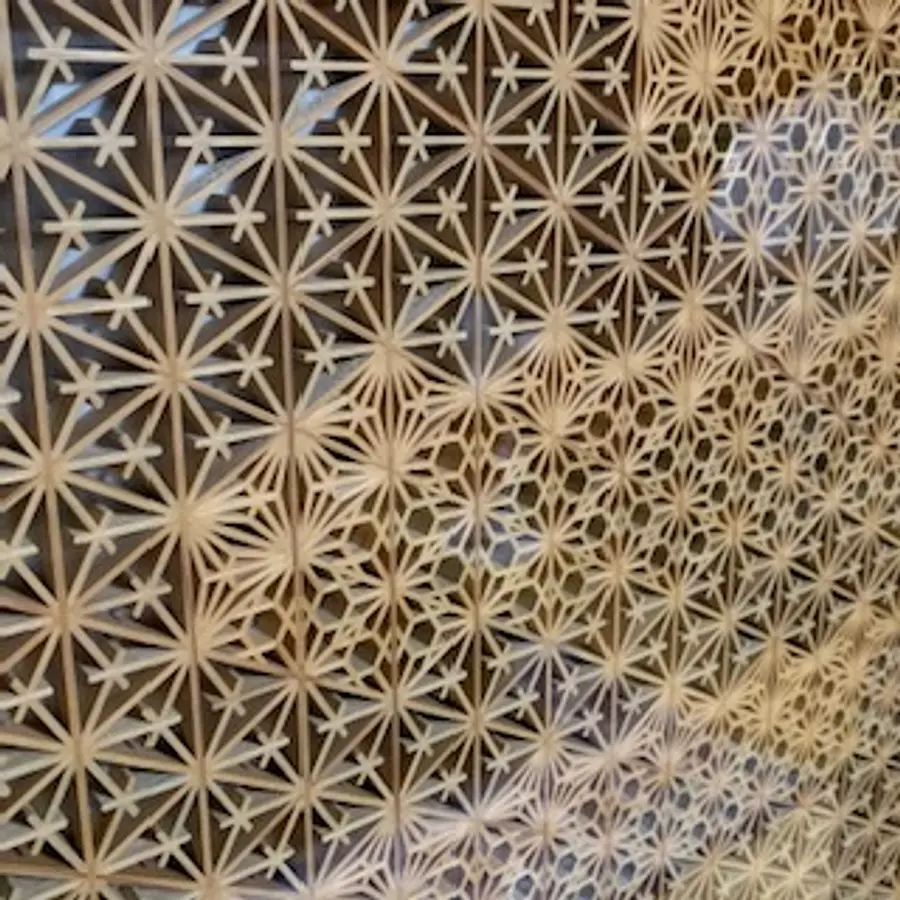
Moreover, this is actually a traditional Japanese craft called "Kumiko" that does not use nails at all.
It is one of the traditional techniques of combining wood, and is said to have developed with the shoin-zukuri in the Muromachi period.
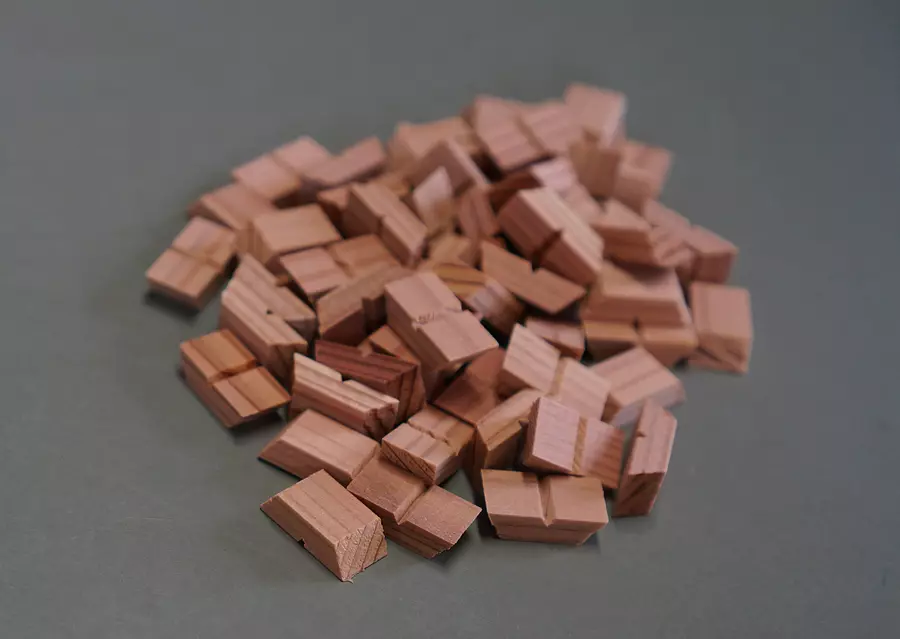
Over 100,000 pieces of wood may be used in one piece!
Assembling each piece of wood by hand is a daunting task...
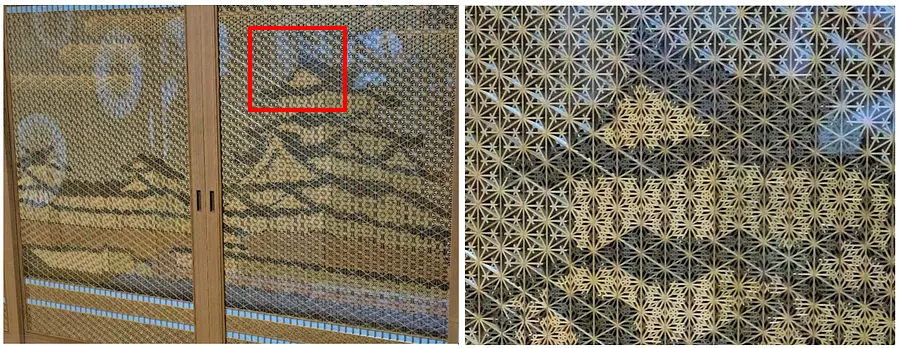
As you can see from the enlarged photo of the red frame on the left, various types of wood were used to express the white walls and black shading of the roof, which are unique to Shirasagi Castle.
One of the charms of Kumiko fittings is that they create works that take advantage of the characteristics of each wood.
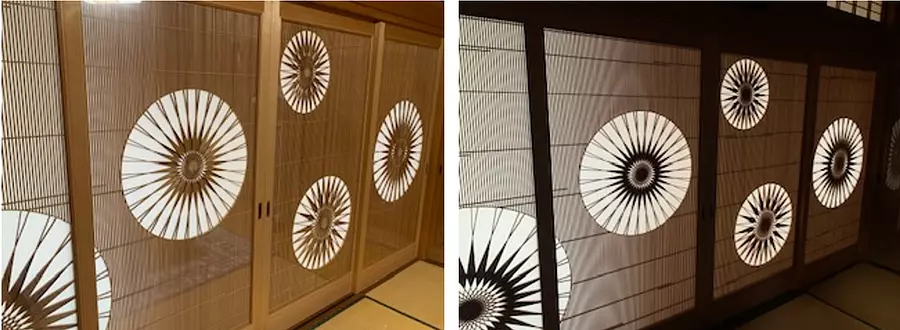
If you compare the two photos, you will notice that even though they are the same work, their appearance changes drastically depending on how the light hits them.
One of the charms of Kumiko is its ability to incorporate contrasts between light and shadow.
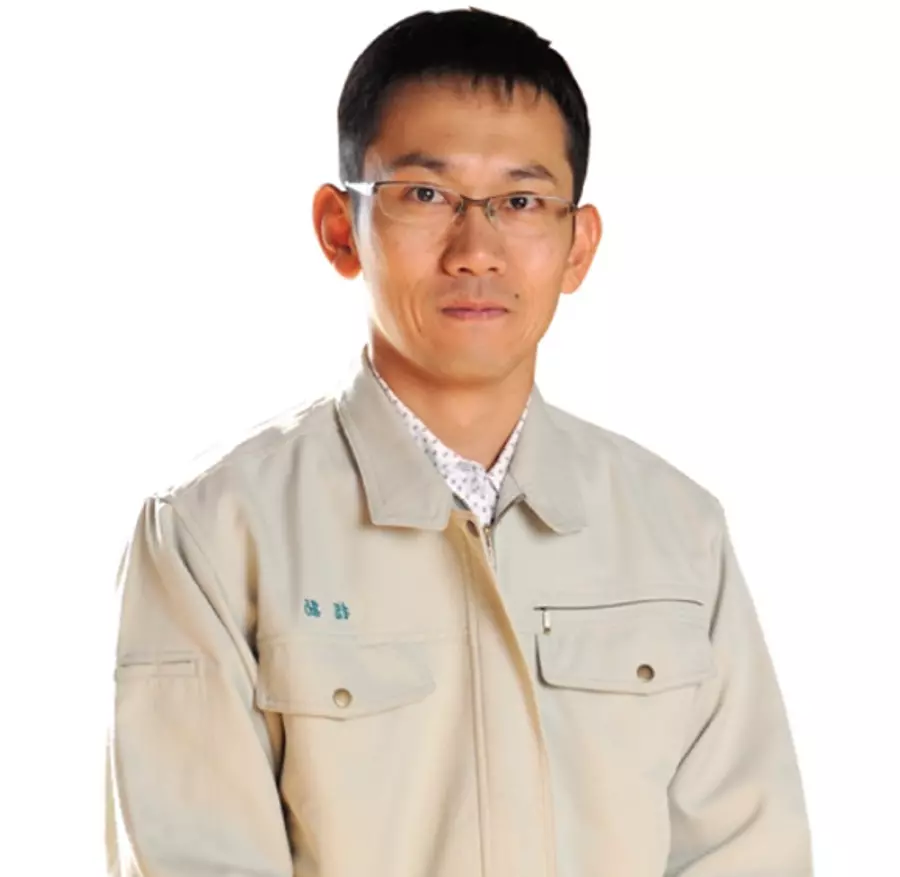
This time, we interviewed Yuji Kuroda, the third generation owner. We create Kumiko fittings that fuse traditional Japanese beauty and modern architecture with a new sense.
Mr. Kuroda, who has won numerous awards, is active in a wide range of projects, from letter boxes presented to countries participating in IseShimaSummit to design fittings for hotels and inns.
He is a representative Kumiko joinery craftsman from Mie Prefecture, but he is a very friendly person and taught me carefully about Kumiko and joinery.
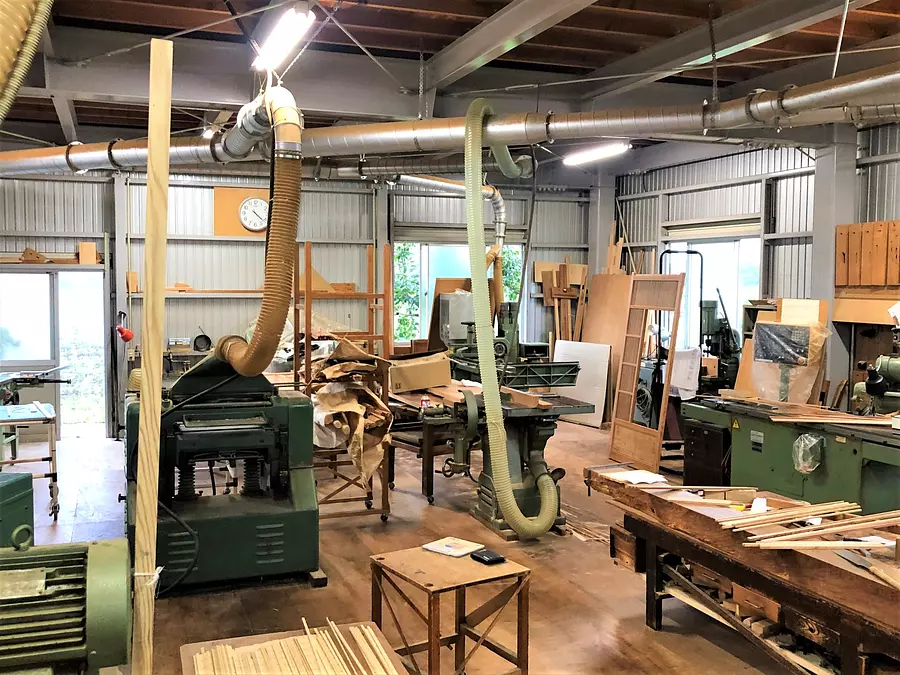
At Shikan Joinery Crafts, we offer a ``Learn, Touch, and See'' experience course. I actually experienced it!
First, we will learn about processing wood and the parts that form the basis of works.
This is what it looks like inside the factory! The moment I entered, I was surrounded by the scent of wood. Kumiko fittings are made using all the machines here.
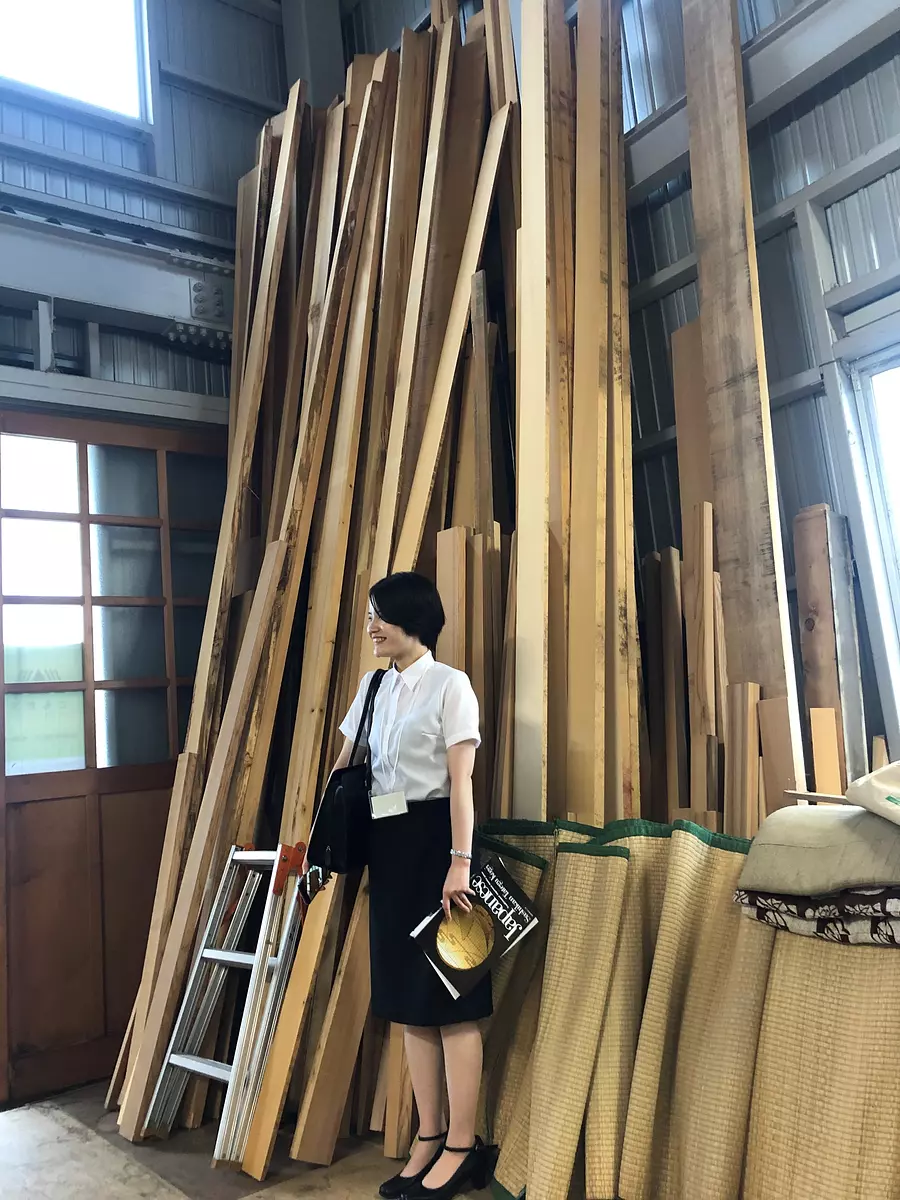
Compared to Mr. Ota, one of our reporters, who is 154cm tall, the size of the tree is obvious! !
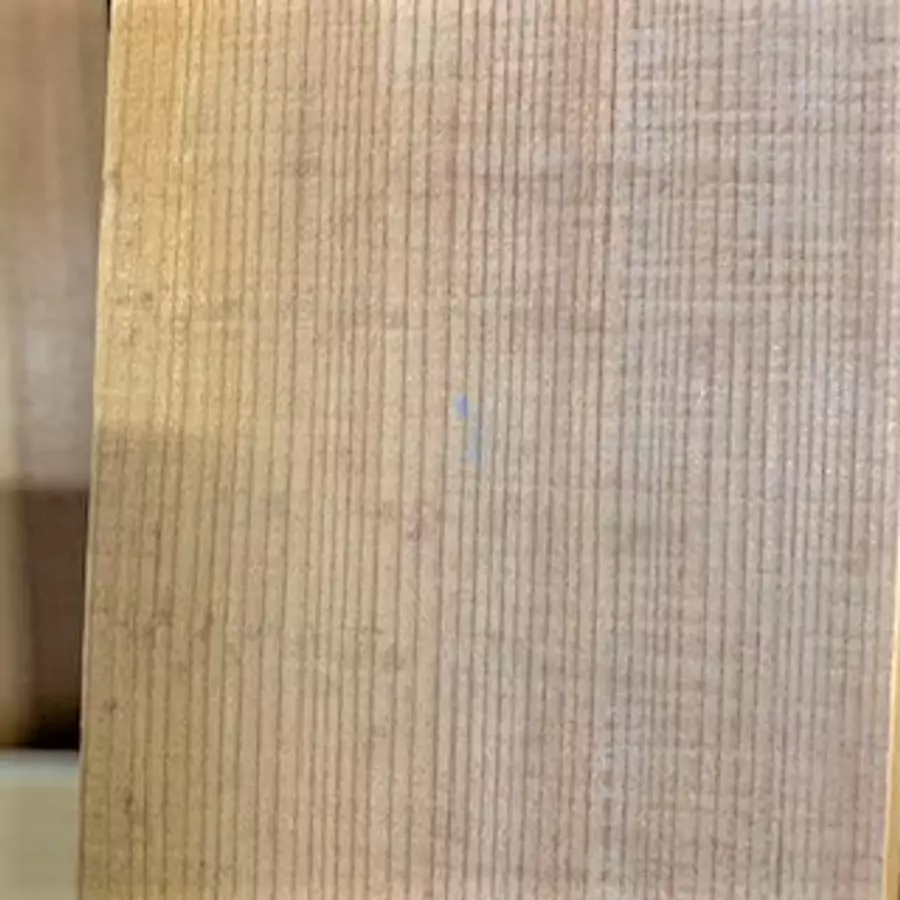
Each tree has its own quirks, and you can't really tell until you cut it. It is difficult to find a good tree every time, and encounters with trees are once in a lifetime opportunities.
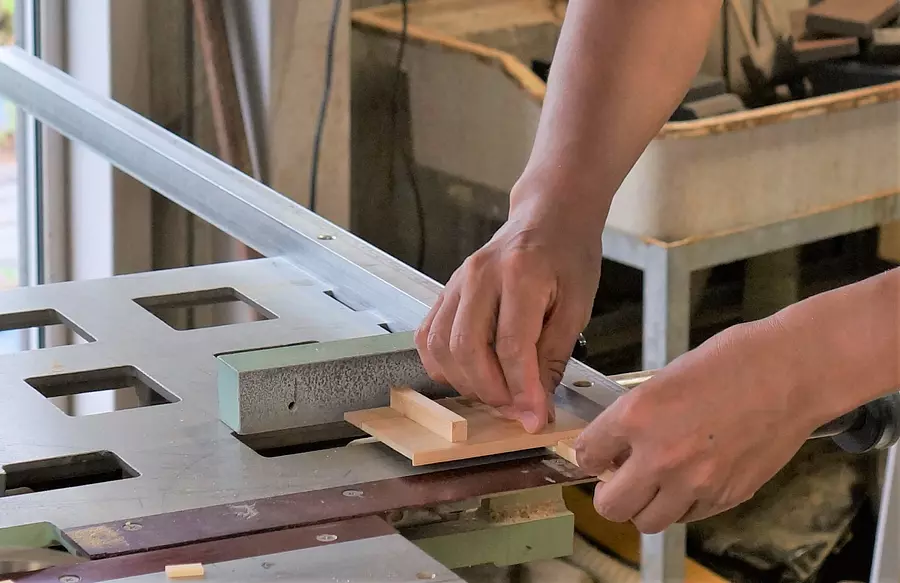
It seems that the processing method is devised depending on the climate and humidity of the day. Even a shift of just 0.1mm can affect the work! !
Some parts are so thin that they can be seen through when shined with light.
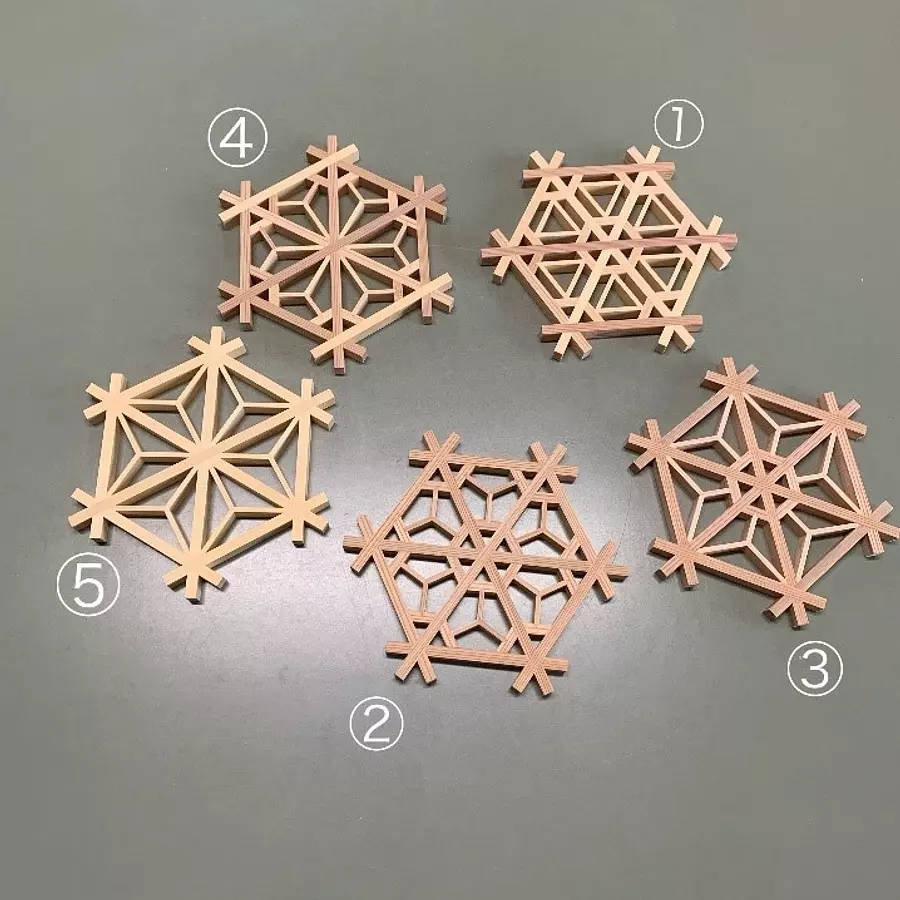
This time we tried making coasters. You can also make trivets and photo frames.
Among the five different patterns, we chose the cherry tortoise shell pattern and the hemp leaf pattern. Each pattern has a meaning, and both have been popular in Japan since ancient times as being considered to bring good luck.
The cherry blossom tortoise shell pattern is called "tortoise shell" because it resembles the shell of a turtle, and is a symbol of longevity, making it an auspicious pattern. Hemp leaves are strong and grow straight, so the petioles of hemp are used to ward off evil spirits and pray for the healthy growth of children.
・Coaster 2000 yen Required time: 10 to 20 minutes
・Medium pot: 3000 yen: 30 to 40 minutes
・Photo frame 5,000 yen: 60 to 90 minutes
【difficulty】
1,2:☆☆☆☆☆
3,4:☆☆☆
5:☆☆
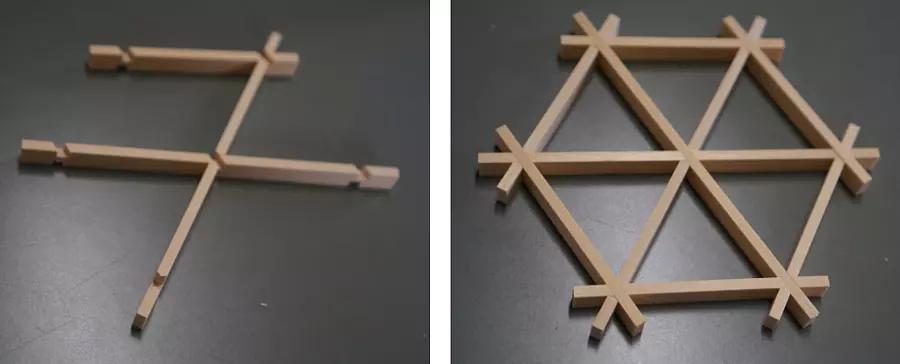
I thought...
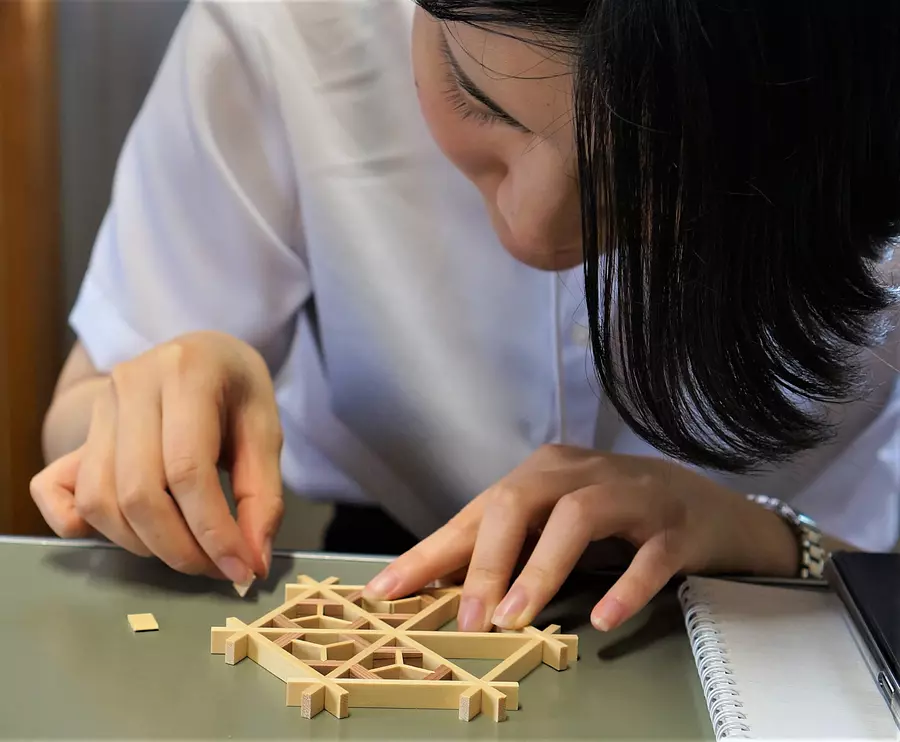
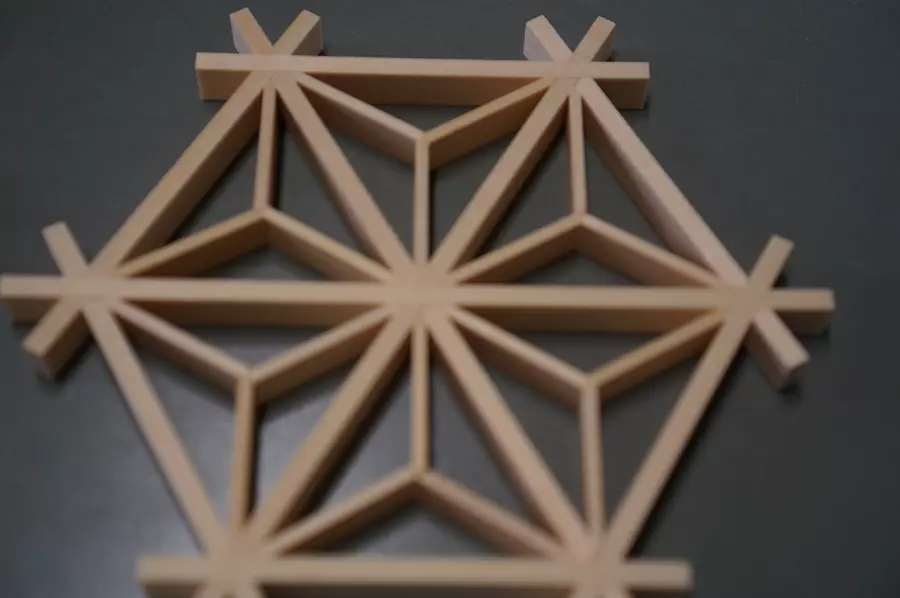
cute!
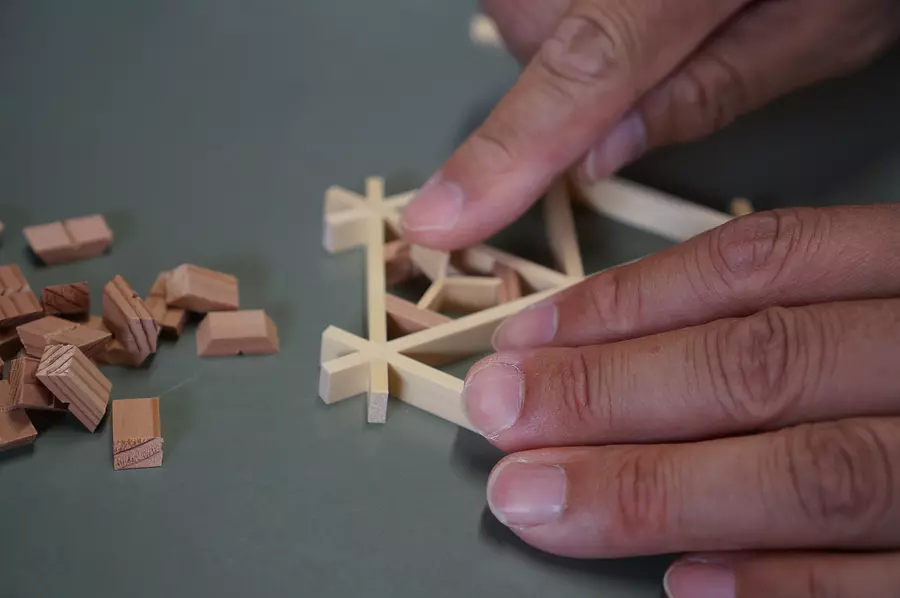
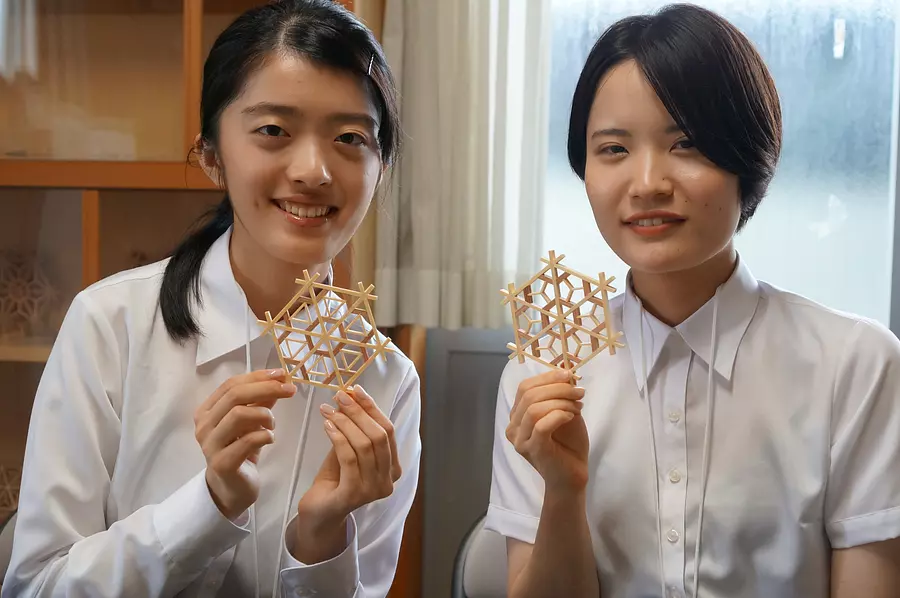
It has a cute shape and a nice woody scent. I actually tried using it at home, and even if there was condensation, the wooden coaster would absorb it and keep my desk dry! I am very satisfied with the functionality! !
Through this experience, Mr. Kuroda listens to the voices of his customers and directly conveys the appeal of Kumiko.
Lastly, we had the opportunity to tour Kuroda-san's home, the Machikado Museum! There you can see many more exhibits than those introduced at the beginning of this article.
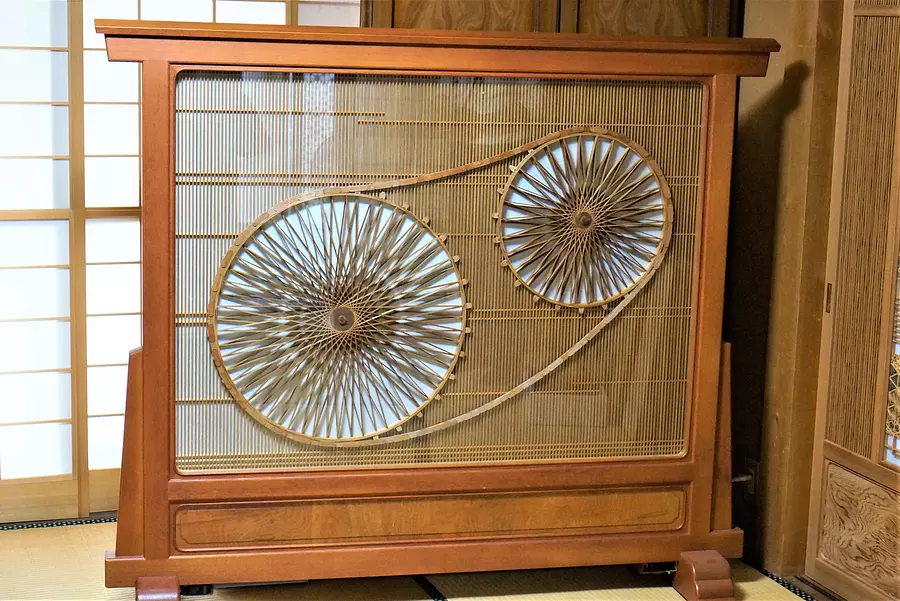
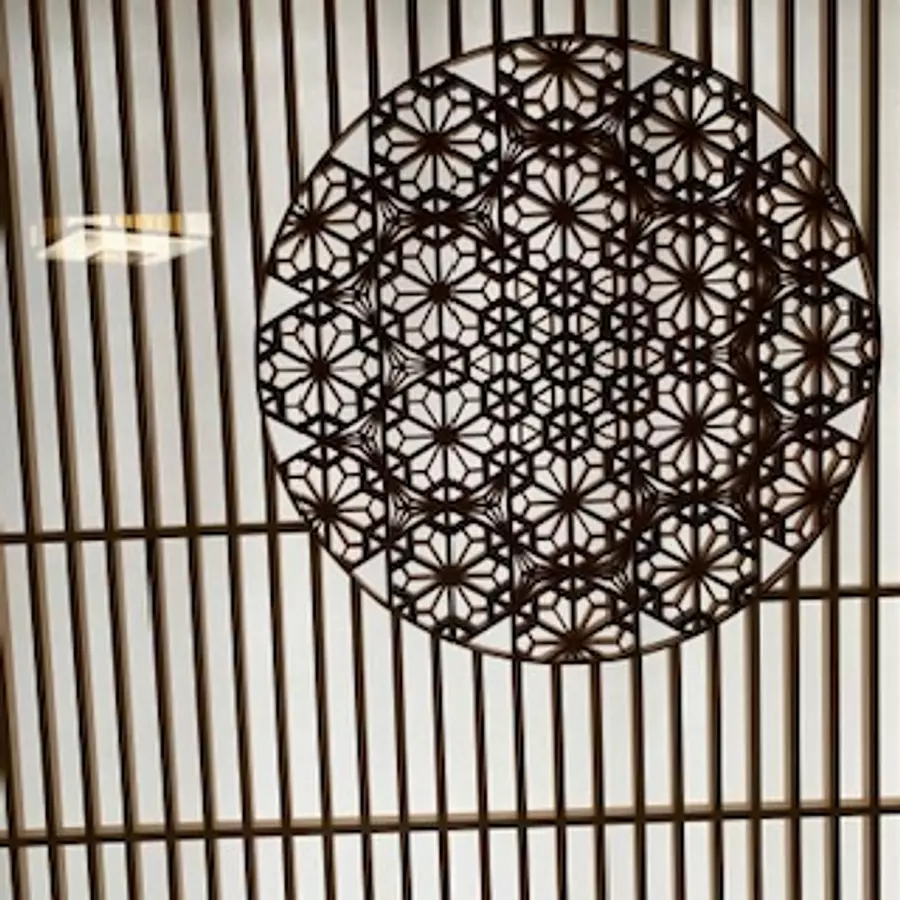
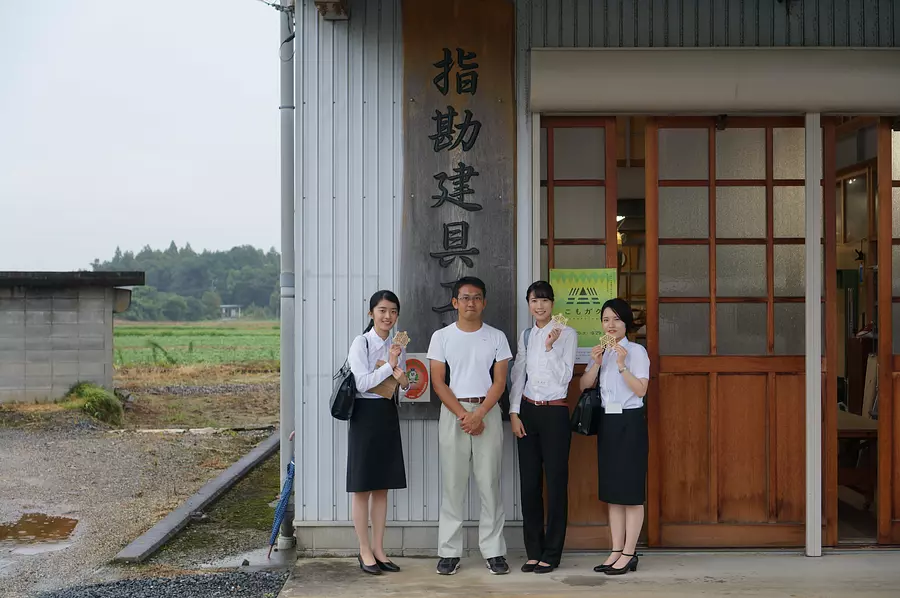
At first, we didn't know anything about Kumiko fittings, but through this interview, we actually experienced them, learned about them, touched them, and saw them, and realized their charm. Only at Shikan Tategu Kogei, you can take home your precious experiences here as memories along with tangible objects such as coasters! ! Please feel the charm!
Phone number/059-396-1786
Official URL/http://www.sashikan.com/jp/
*Please check the website for the latest status.
| Category | |
|---|---|
| season | |
| area |

